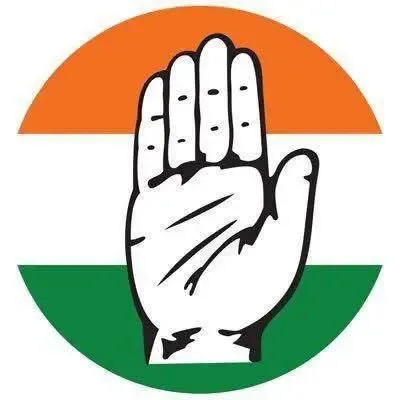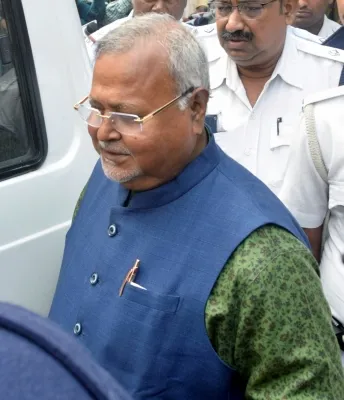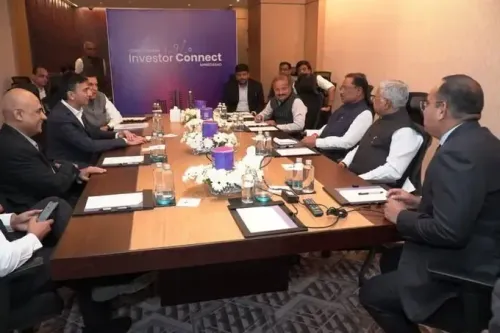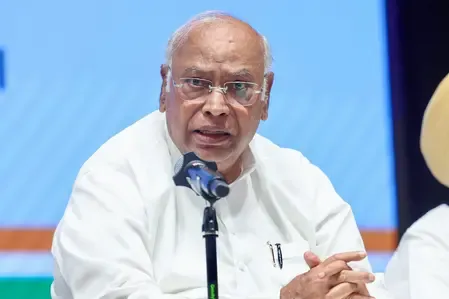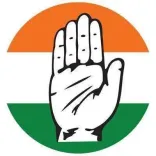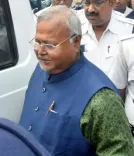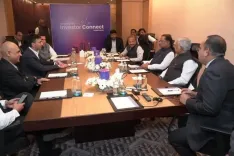Could PM Modi Inspire Global Aviation Firms to <b>Make</b> & <b>Design</b> in India?
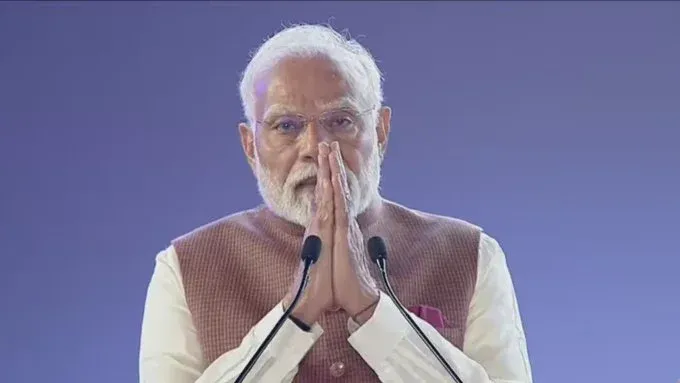
Synopsis
Key Takeaways
- India is positioning itself as a leader in global aviation manufacturing.
- Make in India and Design in India initiatives are gaining traction.
- The MRO sector is seen as a sunrise industry with major growth potential.
- India's airlines are poised for significant growth with substantial aircraft orders.
- The Digi Yatra app offers innovative solutions for seamless travel.
New Delhi, June 2 (NationPress) Prime Minister Narendra Modi on Monday emphasized India's capability to evolve into a global manufacturing hub and invited the premier aviation companies worldwide to not just adopt 'Make in India' but also 'Design in India'.
While addressing the International Air Transport Association's (IATA) annual general meeting, PM Modi stated: "India should not be seen merely as an aviation market but as a leader in the value-chain. From design to delivery, India is becoming a crucial component of the global aviation supply chain."
He expressed confidence in India's direction and pace, asserting that the nation is on the path of rapid advancement.
He mentioned that Mission Manufacturing, introduced in this year’s budget, underscores India’s commitment to industrial development. The Prime Minister also pointed out the passage of the Protection of Interest in Aircraft Objects Bill in Parliament this year, which grants legal authority to the Cape Town Convention in India.
"The new Indian Aircraft Act aligns our aviation laws with global best practices, ensuring a streamlined regulatory framework, ease of compliance, and a simplified tax structure, which presents a significant investment opportunity for major international aviation firms," he remarked.
He highlighted the incentives available at Gift City, stating that these measures have turned India into an attractive destination for aircraft leasing.
PM Modi noted that growth in the aviation sector leads to new flights, job creation, and expanding opportunities, mentioning that the industry is generating new roles for pilots, crew members, engineers, and ground staff.
He also pointed out the rising significance of Maintenance, Repair, and Overhaul (MRO) as a burgeoning sector, stating that India is accelerating efforts to become a global hub for aircraft maintenance. The number of MRO facilities has grown from 96 in 2014 to 154 today, while 100 percent FDI under the automatic route, GST reductions, and tax rationalization have invigorated India's MRO sector.
PM Modi articulated India’s ambition to establish a $4 billion MRO hub by 2030, reinforcing the nation's aviation growth strategy.
He outlined three foundational pillars propelling India’s aviation sector: first, a vast market not just as consumers but as a reflection of an aspirational society; second, a robust demographic and talent pool where young innovators are making strides in artificial intelligence, robotics, and clean energy; and third, a supportive policy environment fostering industrial growth. He emphasized that with these advantages, India is set to elevate its aviation sector to unprecedented heights.
The Prime Minister also recognized the swift progress in the aviation sector, with India now the third-largest domestic aviation market globally. He lauded the success of the UDAN scheme, calling it a significant chapter in Indian civil aviation, stating that over 15 million passengers have benefited from affordable air travel, enabling many citizens to fly for the first time.
He noted that Indian airlines are experiencing double-digit growth, with 240 million passengers flying annually, surpassing the total population of most countries. By 2030, this figure is expected to reach 500 million passengers. Modi pointed out that 3.5 million metric tons of cargo are transported by air annually in India, with projections indicating an increase to 10 million metric tons by the decade's end.
He emphasized India's investment in world-class airport infrastructure, noting that the number of operational airports has expanded from 74 in 2014 to 162 now.
PM Modi remarked that Indian airlines have ordered over 2,000 new aircraft, indicating rapid sector growth. He stressed that this is merely the beginning, as India's aviation industry stands on the brink of unprecedented heights.
"India's airports now possess an annual handling capacity of 500 million passengers, setting new standards in user experience through advanced technology," the Prime Minister stated, indicating equal emphasis on safety, efficiency, and sustainability.
He further emphasized India's transition toward sustainable aviation fuels, investments in green technologies, and efforts to minimize carbon footprints.
PM Modi encouraged international guests to explore the Digi Yatra app, which offers a seamless travel solution utilizing facial verification technology, enabling passengers to navigate from airport entry to boarding gates without the need for paper documents or ID presentation. He stated that India’s innovations and experience in serving a large population can benefit many nations.
"Digi Yatra serves as a secure and intelligent solution, acting as a model for inspiration for the Global South," he affirmed.

